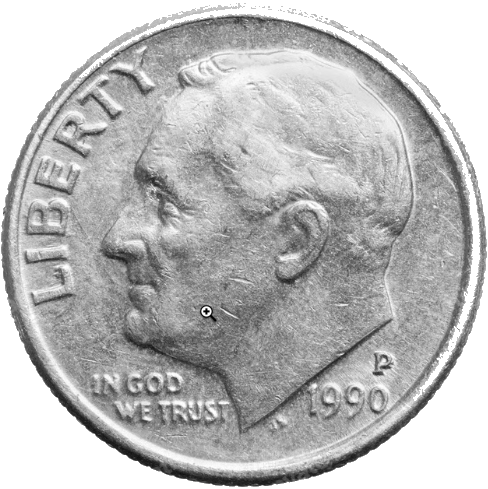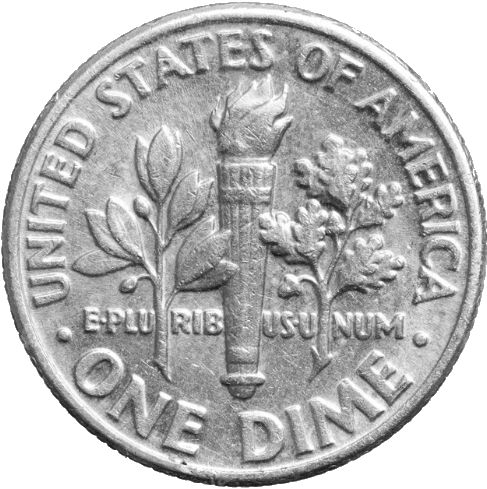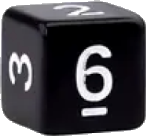🪙 Coin Flip


🎲 Advanced Dice Roll
Add Dice:
Active Dice:
 D6
D6

📚 Learn About Coin Tosses & Dice
🪙 The Science of Coin Flipping
Coin flipping is one of the oldest methods of making decisions and generating random outcomes. While it appears random, the physics involves complex factors including initial velocity, rotation speed, air resistance, and landing surface.
Research has shown that a fair coin has a slight bias toward the side that was facing up when flipped, with approximately 51% probability. However, for practical purposes, coin flips remain one of the most trusted methods for fair decision-making.
🎲 The Mathematics of Dice
Dice have been used for thousands of years in games and divination. The probability mathematics behind dice rolling forms the foundation of many statistical concepts and game theory principles.
A standard six-sided die has equal probability (1/6) for each outcome when fair. Multiple dice create fascinating probability distributions - for example, rolling two dice gives a bell curve with 7 being the most likely sum (probability of 6/36).
🎮 RPG & Gaming Applications
Polyhedral dice (D4, D8, D10, D12, D20, D100) are essential tools in tabletop gaming, each serving specific mechanical purposes. The D20 system, popularized by Dungeons & Dragons, uses a 20-sided die for most actions, creating a linear probability distribution perfect for skill checks and combat.
Different dice types provide varying probability curves: D4s for small damage, D100s for percentile chances, and D20s for the sweet spot of granular but manageable probability ranges.
🌍 Cultural & Historical Significance
Coins and dice appear in virtually every culture throughout history. Ancient civilizations used knucklebones (astragali) as the first dice, while coins served both as currency and divination tools.
From Caesar's "Alea iacta est" (the die is cast) to modern sports coin tosses, these simple objects have shaped human decision-making across millennia. Today, they remain powerful symbols of chance, fate, and fair play.
🔬 Psychology & Decision Making
Coin flips and dice rolls have profound psychological effects on human decision-making. Research shows that the act of flipping a coin often reveals our true preferences - we tend to hope for a particular outcome while the coin is in the air.
This phenomenon, known as "preference revelation," demonstrates that random tools can actually help us understand our subconscious desires. In therapeutic settings, coin flips are sometimes used to help patients make difficult decisions by clarifying their emotional responses to potential outcomes.
🎯 Modern Applications & Technology
Today's digital world still relies heavily on randomness for security, gaming, and simulation. Cryptographic systems use complex algorithms that simulate coin flips and dice rolls to generate secure keys and random numbers.
From blockchain consensus mechanisms to machine learning algorithms, the principles behind simple coin tosses and dice rolls power modern technology. Quantum computers even use quantum coin flips that can exist in multiple states simultaneously, revolutionizing our understanding of randomness itself.
📖 Educational Resources
🎯 Fun Facts About Coins & Dice
📊 Statistics
🪙 Coin Flip Analytics
🎯 Randomness Quality
FlipAndRoll.app uses enhanced randomness algorithms to simulate real coin flips. Small deviations from 50/50 are normal and expected.